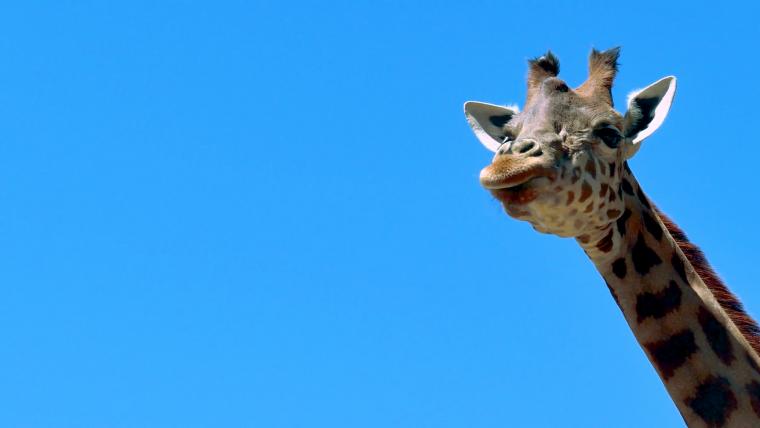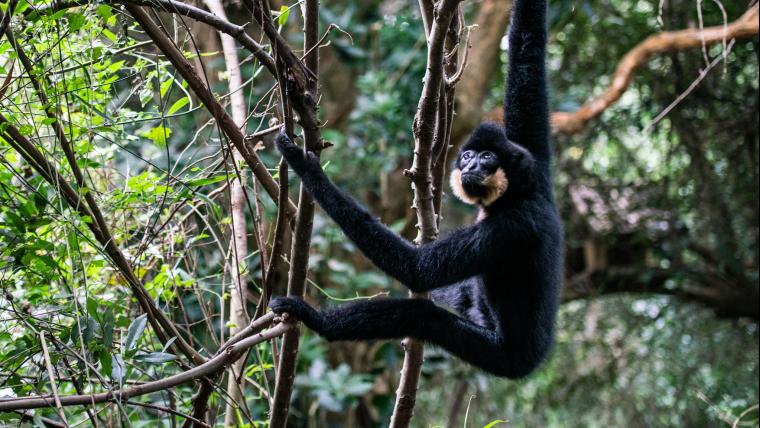
Tracking the highs and and lows of the world’s tallest mammal
Towering over acacia trees and thorny African scrub, giraffes search for the juiciest leaves to eat. Swaying their five-metre high bodies through the bush, they stay close to one another for protection. Less than a century ago herds of over 30 individuals were common. Now, these groups are about half the size they used to be. With careful monitoring, scientists are uncovering how to protect the tallest mammal on Earth.
Every giraffe has a unique set of spots. These not only act as camouflage in the mottled shade of trees, but they also help giraffes regulate their body temperatures. Giraffe spots are as individual as human fingerprints, and can be used by scientists to research the animals. While the species was once thought to be mostly silent, a 2015 study proved otherwise. Not only do giraffes grunt and snort, they produce low hums and vocalisations beyond the human hearing threshold. It’s theorised that these sounds alert others to danger, or let the rest of the herd know where they are. Observing giraffes has been essential to understanding how to safeguard them in the face of environmental degradation.
In the last three decades, giraffe populations have declined by 40% as their habitats are impacted by urban expansion. Across Africa, scientists have begun tracking their movements using GPS in order to better inform land management strategies. It is through studying giraffes that we are able to understand their behaviour, and subsequently conserve them.






























Please sign in to leave a comment